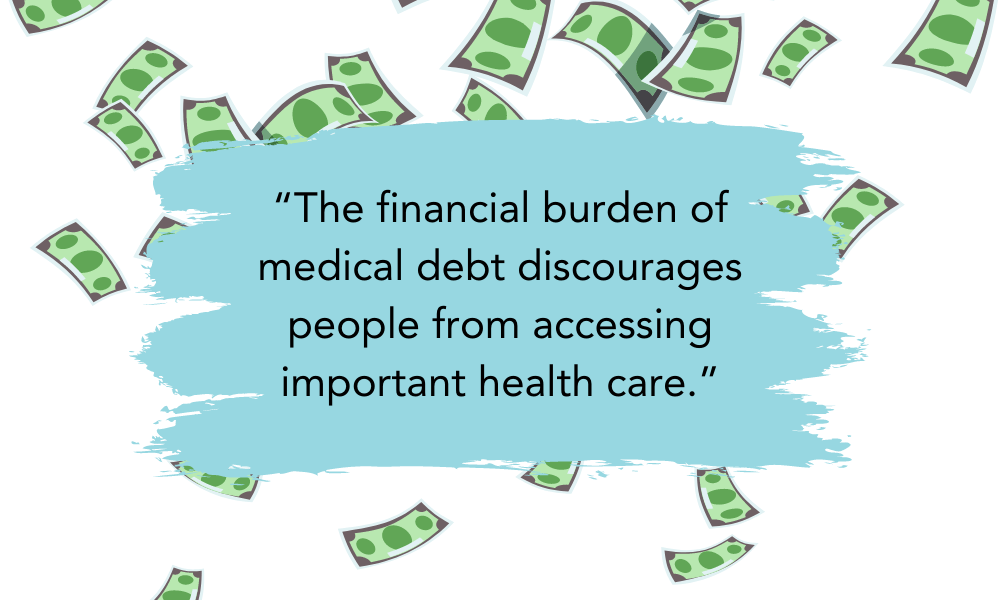
Stanford researchers recently revealed the findings of their study of 18,680 low-income patients in the financial assistance program of the Kaiser Permanente Northern California medical system. Here are a few critical takeaways.
Patients with outstanding medical bills are more likely to skip medical care.
When the Kaiser Permanente health system forgave study participants’ medical debt, researchers immediately saw a sharp increase in medical provider visits. Overall, these patients had a 67% likelihood of visiting a medical provider in the Kaiser Permanente system. Within the first three months of enrollment in a financial assistance program, their odds of visiting a provider rose 13.4%.
Skipped medical care can leave life-threatening problems undetected.
Along with the steep increase in visits, researchers noted an increase in abnormal diabetes and heart disease lab test results—both conditions that can be life-threatening if they remain undetected. Patients free from medical debt are more likely to pursue the medical tests that might help them identify health issues earlier.
Patients with medical debt are more likely to skip medication refills.
Researched noted a jump in diabetes, depression, and high cholesterol medication refills once patients were free of their medical debt burdens. Patients skipping medication refills due to cost concerns is a known risk of medical debt.
The Value of Lifting the Medical Debt Burden
Researchers observed that relieving the medical debt burden from lower-income patient communities could drastically increase patient usage of health care resources.
In turn, the trend of patients using these resources more frequently could lead to better health management and faster diagnoses of life-threatening issues—both factors that could reduce the nationwide burden of preventable illness management costs in addition to saving or significantly improving patient lives.
Don’t Hospitals Help?
“I am skeptical that every patient who could, or should, be applying is actually applying.”
Study researchers confirmed the idea that patients who potentially fall within hospital financial assistance parameters may not be pursuing this pathway to medical debt relief—in fact, they may not be aware of the option at all.
Hospital financial assistance is a common offering—in fact, some nonprofit hospitals are required to offer low-income patients financial aid to retain their charity status. While 70% of U.S. hospitals are nonprofits, their payouts for “charity care” for low-income patients barely exceed 1% of their annual expenses.
Many hospitals have drawn criticism for not doing enough to make financial assistance a viable and visible pathway for potentially eligible patients. Hospitals have sent patients who likely would have qualified for reduced or no-cost care billions of dollars in medical bills.
Ongoing Medical Debt Relief Through Fundraising
Our nonprofit provides patients with no-cost fundraising assistance for out-of-pocket medical and related expenses.
Click here to learn how fundraising with our nonprofit is different from crowdfunding, including how we ensure that donations are tax deductible and won’t disrupt state-based benefits for patients.
Written by Emily Progin








